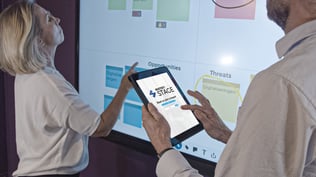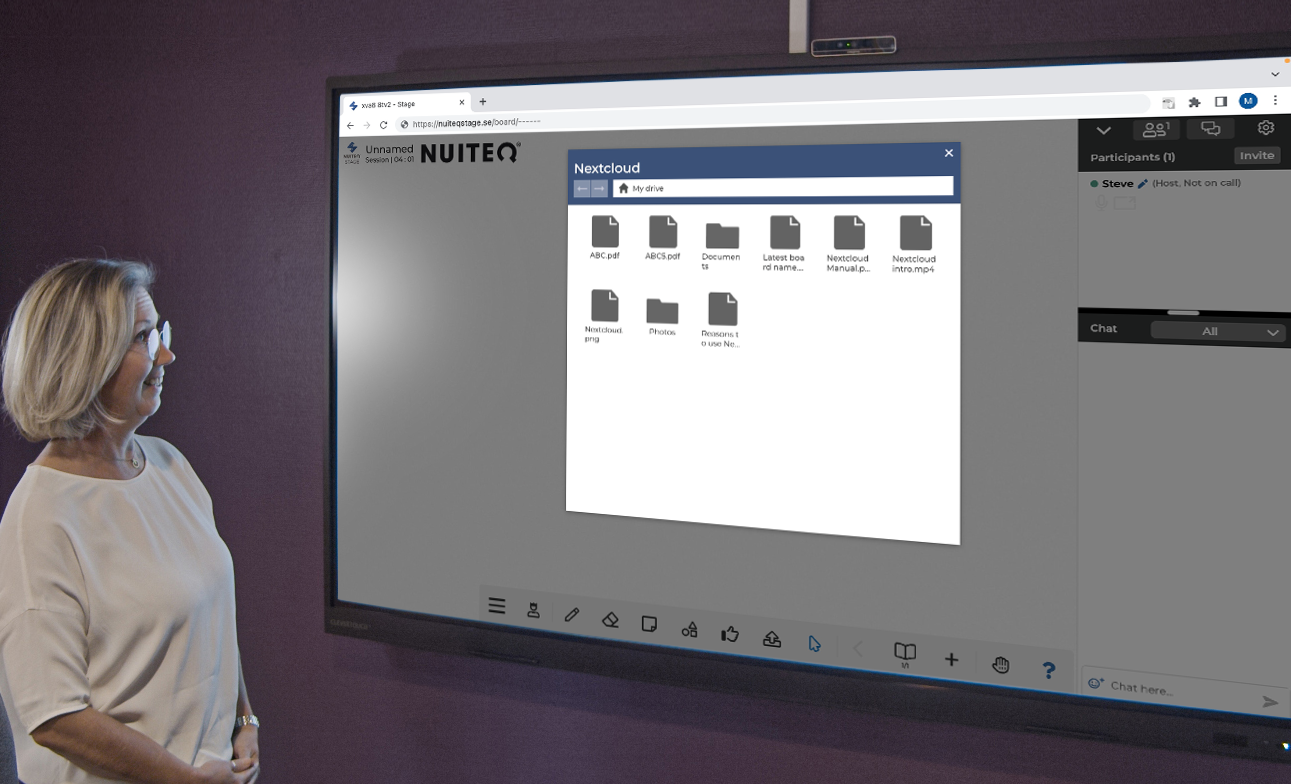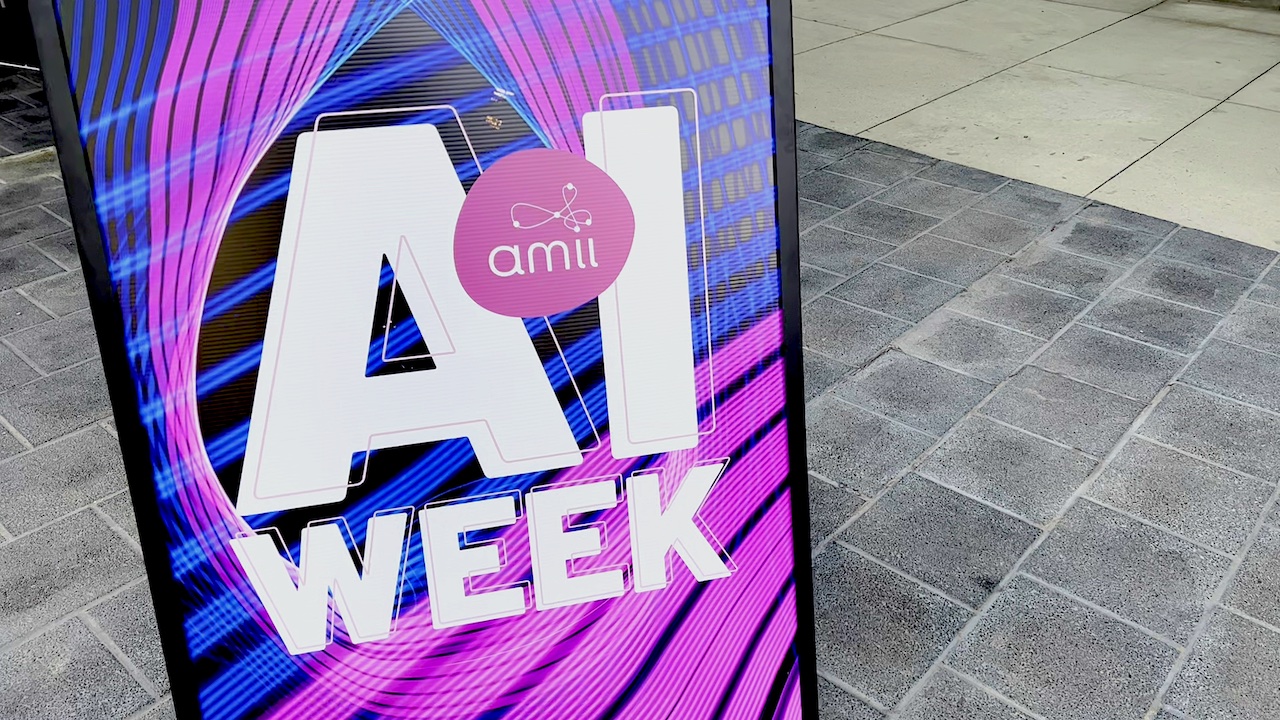In today's digital age, traditional meetings have evolved into modern gatherings that leverage visual, engaged collaboration online. Here we explore the transformative power of modern meetings and highlights the benefits of incorporating online tools and technologies that promote active participation, improve communication, and maximize productivity. We discuss the key components of successful modern meetings, including virtual collaboration platforms, visual aids and interactive features that enable effective teamwork and engagement. By embracing these advances, organizations can unlock the full potential of their meetings, leading to improved decision-making, creativity and overall business performance.
Meetings are important channels for collaboration and information exchange, and as teleworking and globalization increase, the need for effective online meetings has grown. Modern meetings are characterized by the integration of online tools and visual, engaging collaboration techniques that bridge physical distances and foster meaningful interactions. In this article, we delve into the various aspects of modern meetings and explore the tools and strategies that enable effective and productive online collaboration.
Virtual collaboration platforms
Modern meetings rely on robust virtual collaboration platforms that facilitate seamless communication and collaboration between participants. These platforms offer features such as digital whiteboard, video conferencing, screen sharing, real-time document editing and chat capabilities. By providing a virtual meeting place where participants can interact and share ideas, these platforms enable increased engagement and ensure that everyone feels connected and involved. A digital whiteboard at the center recreates the meeting process to be engaging, efficient and allows you to securely save and share the material with all participants. Before, during, and after the meeting.
video conferencing, screen sharing, real-time document editing and chat capabilities. By providing a virtual meeting place where participants can interact and share ideas, these platforms enable increased engagement and ensure that everyone feels connected and involved. A digital whiteboard at the center recreates the meeting process to be engaging, efficient and allows you to securely save and share the material with all participants. Before, during, and after the meeting.
Visual aids and presentation tools
Visual aids play a crucial role in modern meetings, as they enhance understanding and help convey complex information effectively. Tools such as slide presentations, interactive whiteboards and screen annotation software allow presenters to create engaging images that capture participants' attention and aid understanding. Visual representations, such as charts, tables and infographics, simplify complex concepts and make it easier for team members to share their knowledge.
Interactive features: engagement is the key to success for modern meetings. Interactive features, such as live polls, breakout rooms and real-time collaboration on shared documents, encourage active participation and allow participants to contribute their thoughts and ideas. These features promote inclusiveness, as they allow all participants to make their voices heard and actively engage in discussions, leading to richer and more diverse outcomes.
Advantages of modern meetings
Modern meetings offer many advantages over traditional face-to-face meetings. They eliminate geographical barriers and allow teams to collaborate regardless of their physical location. Online collaboration tools increase efficiency by reducing travel time and costs, enabling quick decision-making and giving participants a more flexible schedule. In addition, modern meetings encourage diversity and inclusion by giving everyone an equal opportunity to contribute, fostering a culture of collaboration and innovation.
Best practices for effective modern meetings
To ensure successful modern meetings, it is important to set clear goals and agendas, communicate expectations, and provide training on the effective use of collaboration tools. It is also important to maintain an inclusive environment that values different perspectives and encourages active participation. Regular evaluations and feedback loops can help identify areas for improvement and ensure that the benefits of modern meetings are fully realized.
 Modern meetings, supported by online visual collaboration i.e. a digital whiteboard, have revolutionized the way organizations conduct their business. By embracing virtual collaboration platforms, leveraging visual aids and using interactive features, teams can achieve higher levels of productivity, foster innovation and maximize the potential of their meetings. As technology evolves, organizations need to adapt to these modern meeting methods to remain competitive in today's digital landscape. In doing so, they can build a collaborative culture that leads to success and empowers employees.
Modern meetings, supported by online visual collaboration i.e. a digital whiteboard, have revolutionized the way organizations conduct their business. By embracing virtual collaboration platforms, leveraging visual aids and using interactive features, teams can achieve higher levels of productivity, foster innovation and maximize the potential of their meetings. As technology evolves, organizations need to adapt to these modern meeting methods to remain competitive in today's digital landscape. In doing so, they can build a collaborative culture that leads to success and empowers employees.

 3-in-1 Mic
3-in-1 Mic









